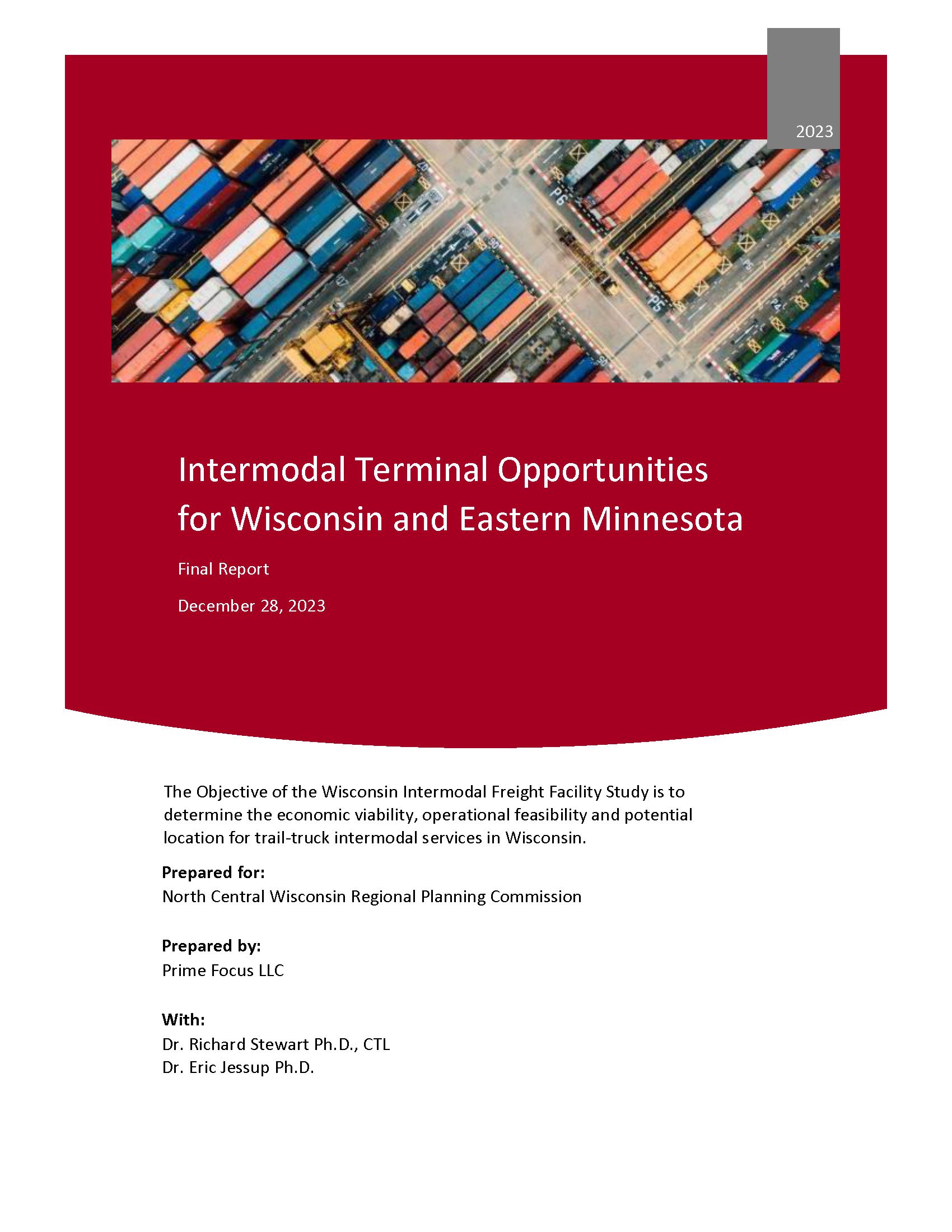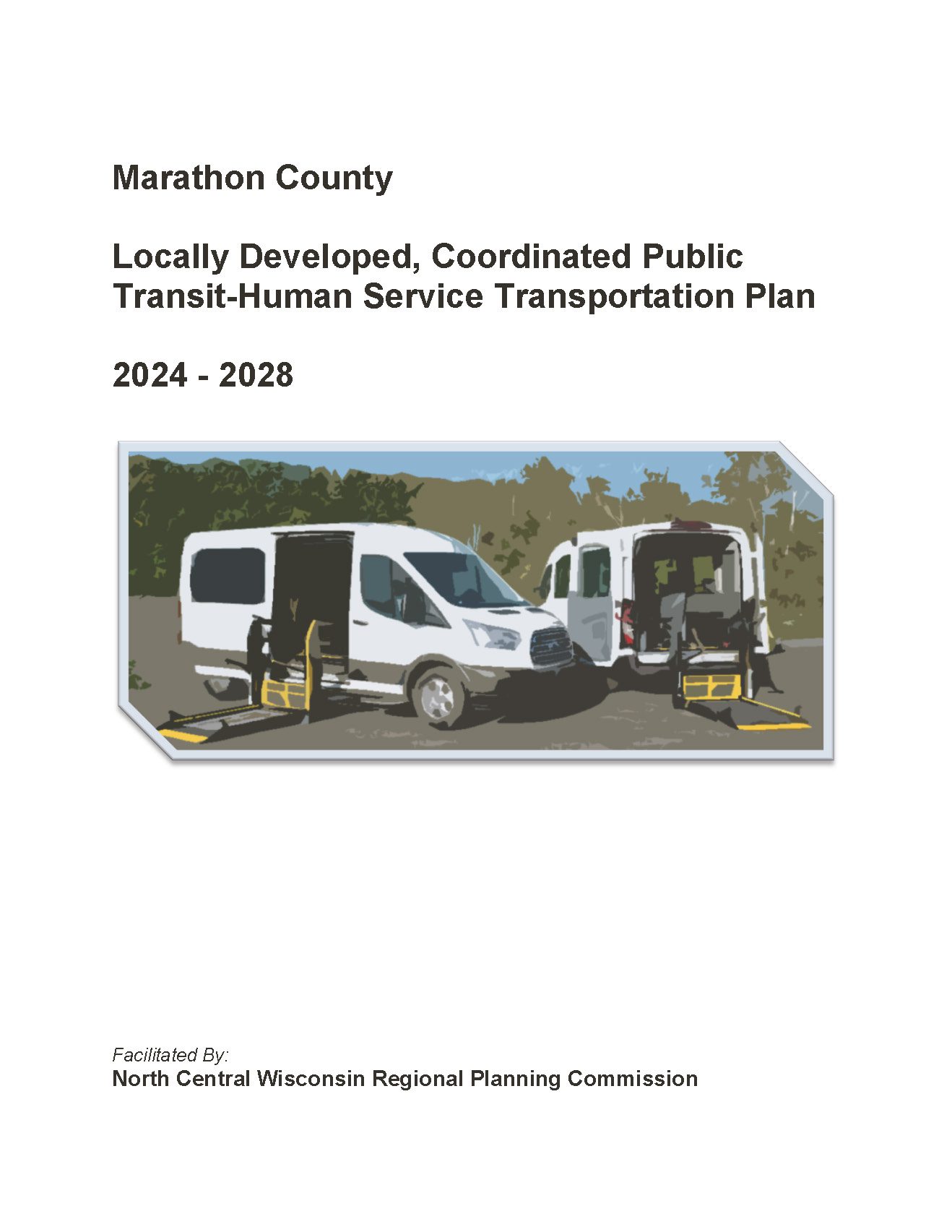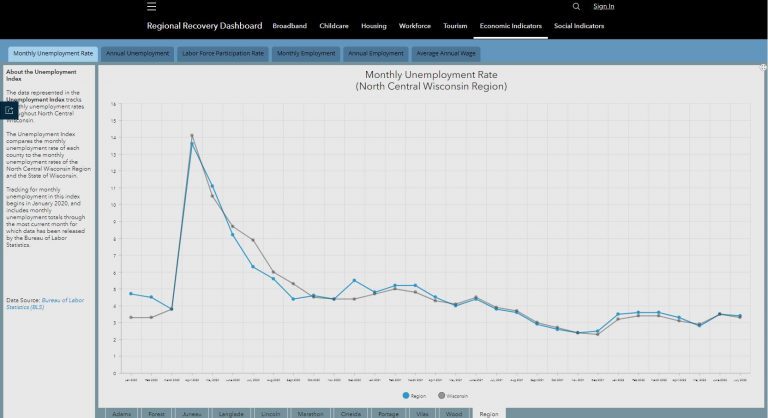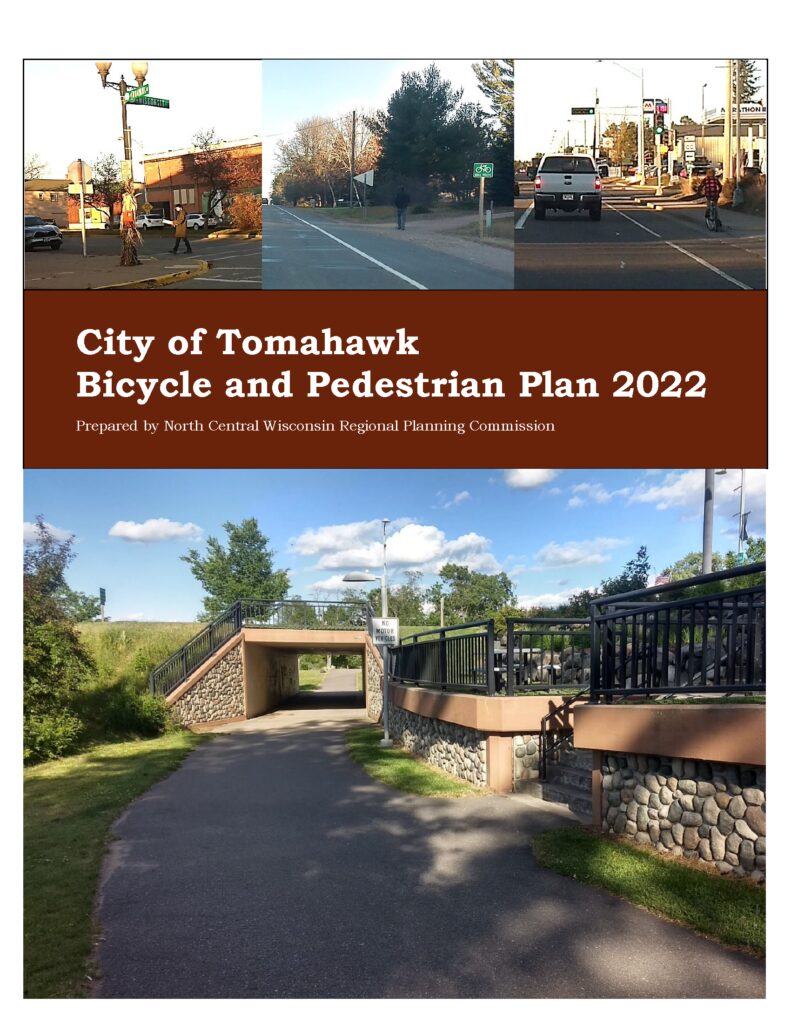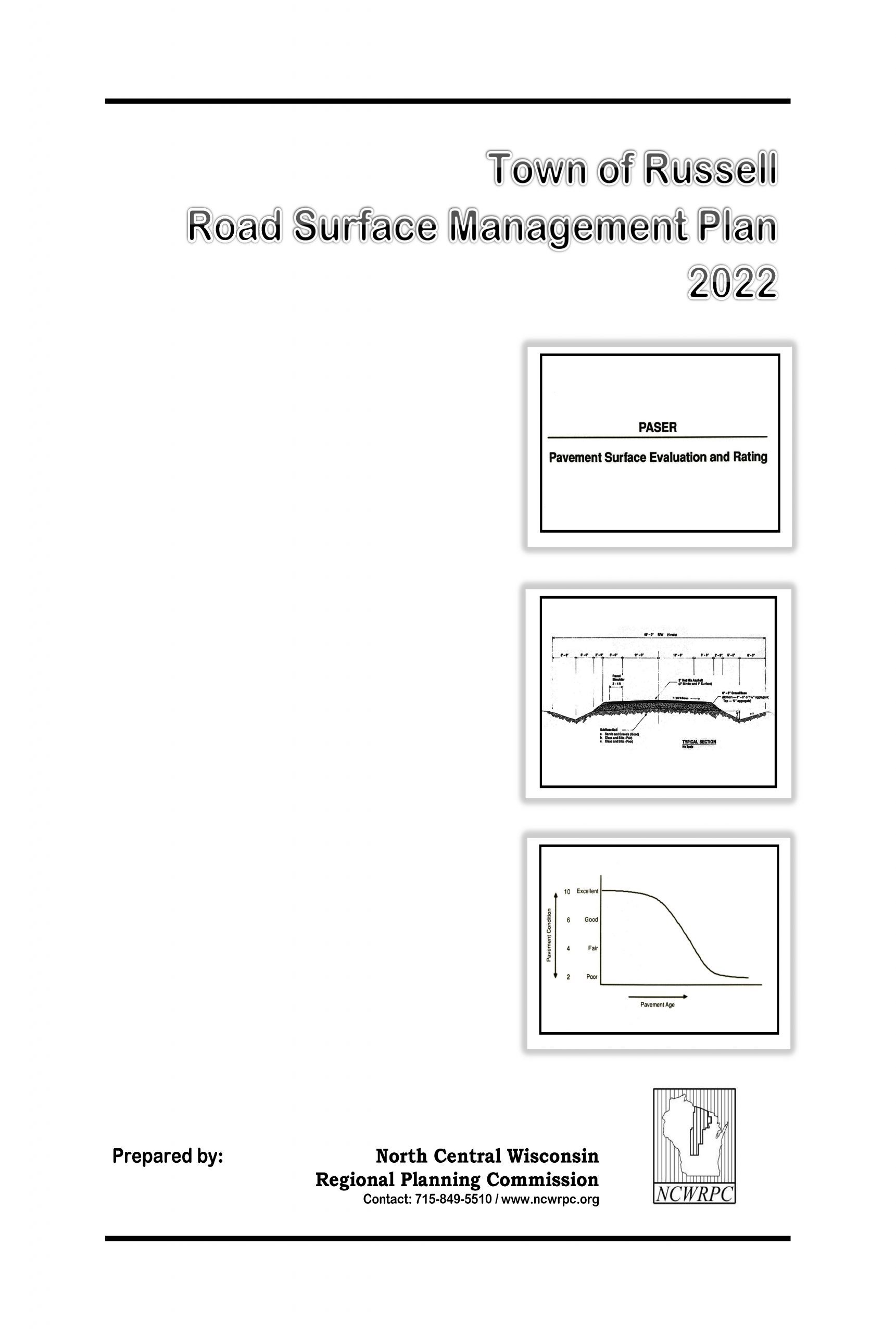Keep Going! Walk & Bike Year-Round
Here is additional advice on how to sustain enthusiasm from walk-bike events to create year-round walking and biking to school:
Low-cost strategies for successful walk & bike to school rates (CDC, 2014)
—Full CDC study
FOR KIDS: NHTSA–Kids Walking Guide
FOR PARENTS (Walking): Nat’l SRTS–Teaching Kids To Walk Safely (by age)
FOR PARENTS (Biking): Portland’s Family Biking Guide (all stages of riding)
NCWRPC Walking/Biking Club Toolkit
Railroad crossing signs for SRTS in Wauwatosa, WI
School Success Story – Omro, WI (2020 population: 3,600)
– Annual bicycle field trip;
– bicycle mechanics program; and
– other successes.
Rural Communities: Making Safe Routes Work (PDF)
Rural Communities: A Two-Pronged Approach for Improving Walking & Biking (PDF)
Walking School Buses
Walking school buses are a great way to offer children a supervised walk to school on a regular basis.
Bicycle Trains and Bicycle Skills Clinics
Bicycle trains allow students to bicycle to school together on a designated route under supervision. Bicycle Skills Clinics or “bicycle rodeos” are hands-on bicycle safety lesson with bike inspections, safety talks and bicycle skills practice.
Youth Education – available for a nominal fee [Wisconsin Bike Fed].
Adult Education – available for a nominal fee [Wisconsin Bike Fed].
Mileage Tracking
Providing a way for students to track the miles that they have walked or ridden a bicycle is a tangible way to chart progress toward a walking or biking goal.
| Links to SRTS surveys: |
| Class Tally Sheet |
| Parent Survey (English) |
| Parent Survey (Español) |
| Parent Survey (Hmoob) |

